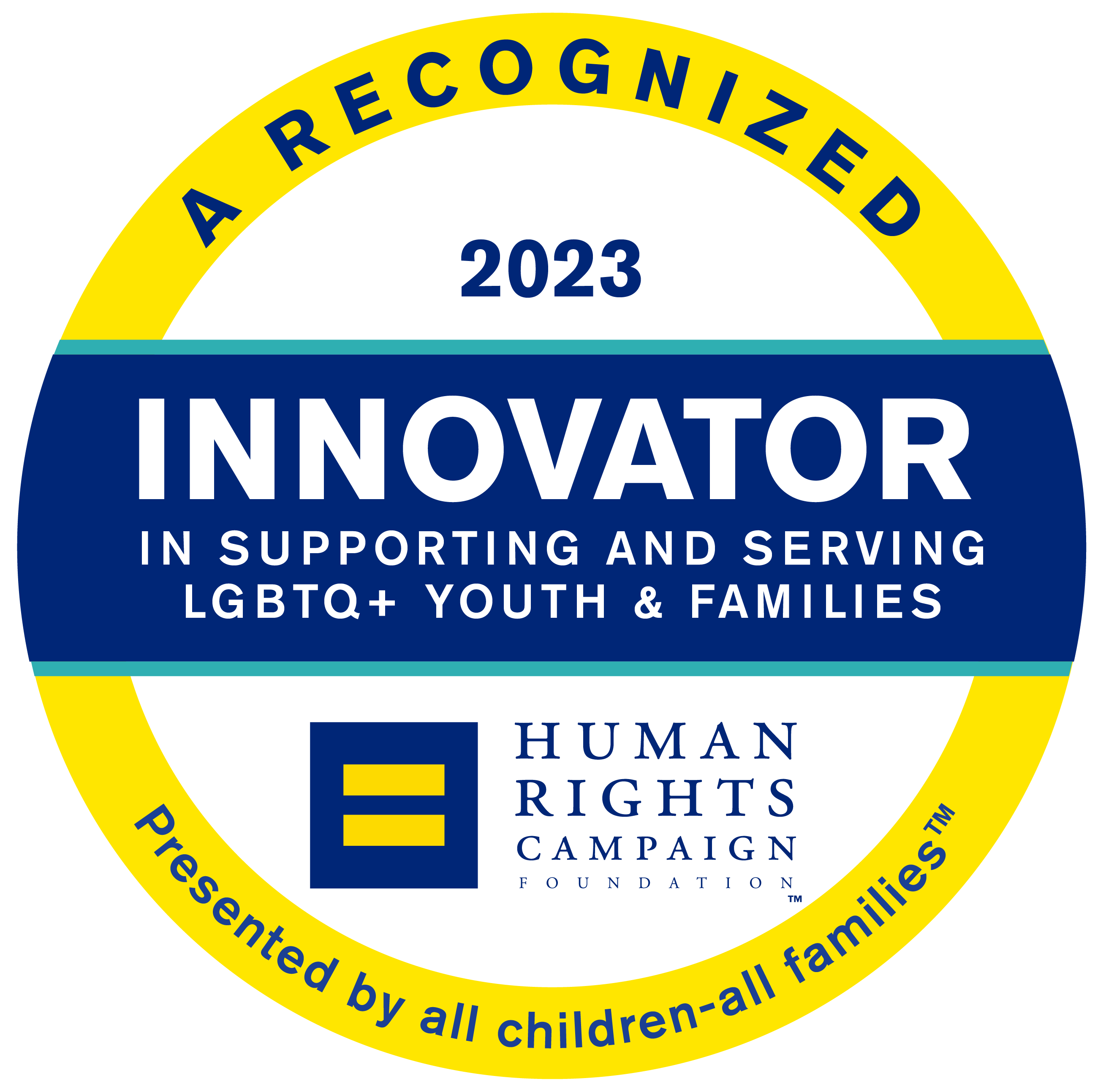Asian Pacific American Awareness Month
— BRAVE CONVERSATIONS SERIES —
A Deliberate Approach to Diversity, Equity, and Inclusion
Lawrence Hall’s DEI Committee strives to ensure Lawrence Hall is a diverse, equitable environment of belonging and inclusivity. Having “brave conversations” about diversity, equity, and inclusion (DEI) in the workplace is a necessity for healthy company culture and requires honesty, compassion, and self-reflection of all involved. Our Brave Conversations Series highlights topics not normally discussed but that have deep, personal impacts on our staff, youth, families, and communities.
May is Asian Pacific American Awareness Month and Mental Health Awareness Month. Today’s conversation discusses the workplace issues facing the Asian Pacific American community.
Who is considered Asian Pacific American?
While a few nationalities may quickly come to mind, you might be surprised at who falls under this category:
- East Asian: A person of Chinese, Taiwanese, Japanese, Korean, Tibetan, Macanese, or Mongolian descent
- South Asian: A person of Afghan, Bhutanese, Indian, Bangladeshi, Sri Lankan, Nepali, Maldivian, or Pakistani backgrounds
- Southeast Asian: A person of Bruneian, Burmese, Filipino, Cambodian, Vietnamese, Lao, Indonesian, Thai, Malaysian, Timorese, or Singaporean descent
- Central Asian: A person with origins in the original peoples of Kazakhstan, Kyrgyz Republic, Tajikistan, Turkmenistan, or Uzbekistan
- Pacific Islander: A person with origins from the native peoples of Melanesia, Micronesia or Polynesia (this includes Hawaii)
Origins of Asian Pacific American Awareness Month
 After the 1976 U.S. Bicentennial, Jennie Jew—a Congressional staffer, board member of the OCA-Asian Pacific American Advocates, and an Asian American herself—noticed that while the Black and Hispanic communities were recognized during the bicentennial celebrations, Asian-Pacific Americans were not. She brought the idea of a heritage month to New York Representative Frank Horton, who along with U.S. Rep. Norman Yoshio Mineta of California, introduced legislation to create Asian Pacific Heritage week. President Jimmy Carter signed the bill after overwhelming support, and Asian Pacific American Heritage Week was first celebrated in 1979. In 1990, President George H. W. Bush extended the week to a month.
After the 1976 U.S. Bicentennial, Jennie Jew—a Congressional staffer, board member of the OCA-Asian Pacific American Advocates, and an Asian American herself—noticed that while the Black and Hispanic communities were recognized during the bicentennial celebrations, Asian-Pacific Americans were not. She brought the idea of a heritage month to New York Representative Frank Horton, who along with U.S. Rep. Norman Yoshio Mineta of California, introduced legislation to create Asian Pacific Heritage week. President Jimmy Carter signed the bill after overwhelming support, and Asian Pacific American Heritage Week was first celebrated in 1979. In 1990, President George H. W. Bush extended the week to a month.
May was chosen as Asian American and Pacific Islander (AAPI) Awareness Month to commemorate when immigrants from Japan first came to the United States on May 7, 1843—though the very first Asian immigrants to the United States were actually Filipino in 1587—and when the Transcontinental Railroad was completed by over 20,0000 Asian immigrants on May 10, 1869.
Asian Pacific American workplace issues
Model Minority Myth
Racial simplifying is fuel for stereotyping. One of the most prevalent stereotypes of Asian Pacific Americans is being a “model minority,” a group who values strong family ties, hard work, and top academic performance. While seemingly positive, the propagation of this cultural stereotype creates undue pressure on youth and young adults, ignores other reasons for Asian Pacific success—such as school quality, inherited socioeconomic status, and neighborhood location—and make them invisible in the discussion of race and prejudice in America. In addition, as nonprofit public policy organization The Brookings Institution points out—
Holding up one racial or ethnic minority as a “model” can too easily become an implicit criticism of other minorities. “If Asians can do it, why can’t you?” is the thought process lying not far below the surface of some commentaries on race and racism in the U.S. This is perhaps the most dangerous byproduct of the model minority stereotype, and a form of racism in and of itself.
Actually, Cambodians and the Hmong rank among the lowest groups economically in the U.S. These two communities find themselves in lower quality neighborhoods, which lead to fewer opportunities. In fact, the academic performance gaps between certain Asian American populations are as wide as the educational gaps between the white and Black communities.
The Bamboo Ceiling
The bamboo ceiling is, according to author Jane Hyun, a “combination of individual, cultural, and organizational factors that impede Asian Americans’ career progress inside organizations.” Due to the model minority myth, Asian Pacific Americans are seen as hardworking and successful, but they are vastly underrepresented in positions of leadership and influence—this is one reason why Kamala Harris’ ascent to Vice President is so important, as her mother was a Tamil Indian (her womanhood and Black father also added to this historic event).
What adds to the underrepresentation at the top are cultural beliefs. Many Asian Pacific cultures do not encourage being proactive in climbing the proverbial ladder, as this can insult elders or others in the social hierarchy or be seen as needing help/being weak. Growth opportunities are often expected to be given by supervisors, not pursued, a belief that is in stark contrast to Western workplace culture.
What can you do?
- Choose to “see” Asian Pacific Americans: Asian Pacific Americans experience racism and hate like any other minority group. “The enormous force of the model minority myth—that you’re all doing well, that your issues are not the same as others who are really suffering—is what we’re fighting against,” says Manjusha Kulkarni, executive director at the Asian Pacific Policy and Planning Council and a co-founder of Stop AAPI Hate.
- Learn more: Read, listen, and watch stories about the Asian Pacific American experiences to understand their perspectives and what kinds of discrimination they’ve had to face.
- Support local organizations that serve Asian Pacific Americans: The model minority myth is just that—a myth. Domestic violence, poverty, and a lack of opportunities are all issues Asian Pacific Americans face.
RESOURCES
Countering Stereotypes about Asian Americans
The Difficulty of Being a Perfect Asian American
The Bamboo Ceiling: Asian Americans and the Myth of the Model Minority
Asian American and Pacific Islander Heritage Month | History.com
MOVIES
The Farewell (2019)
Minari (2020)
Bad Rap (2016)
Crazy Rich Asians (2018)
The Big Sick (2017)
The Joy Luck Club (1993)
The Best Exotic Marigold Hotel (2011)
Parasite (2019)
TV SERIES
Asian Americans | PBS on YouTube
Never Have I Ever | Netflix
Awkwafina Is Nora From Queens | HBO Max
Master of None | Netflix
Fresh Off the Boat | Hulu
House of Ho | HBO Max
BOOKS
Breaking the Bamboo Ceiling: Career Strategies for Asians
Jane Hyun
The Asian American Paradox
Jennifer Lee and Min Zhou
Minor Feelings: An Asian American Reckoning
Cathy Park Hong
Afterparties
Anthony Veasna So
Things We Lost to the Water
Eric Nguyen
The Kite Runner
Khaled Hosseini
Pachinko
Min Jin Lee
Little Fires Everywhere
Celeste Ng
MUSIC
The music artists featured are all from the Asian-Pacific American community.
“Chicken Tendies” | Clinton Kane
“Hurts to be Alone” | Norah Jones
“KULT” | Steve Aoki & grandson (ft. Jasiah)
“While We’re Young” | Jhené Aiko
“Maps” | Yeah, Yeah, Yeahs
“Nobody” | Mitski
“Girls Like Girls” | Hayley Kiyoko
“Other People” | Amber Liu
PODCASTS
Search
Categories
- Blog (15)
- Grants and Awards (4)
- News (72)
Lawrence Hall is a 501(c)(3) organization. Gifts are deductible to the full extent allowable under IRS regulations.
©2024 Lawrence Hall All rights reserved. Site Construction by WorkSite










